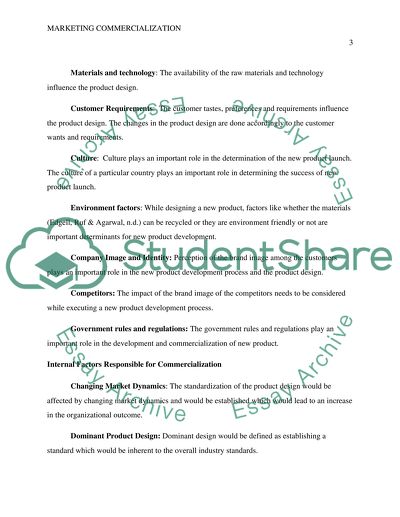Cite this document
(“Commercialization Essay Example | Topics and Well Written Essays - 1750 words”, n.d.)
Retrieved from https://studentshare.org/marketing/1484168-commercialization
Retrieved from https://studentshare.org/marketing/1484168-commercialization
(Commercialization Essay Example | Topics and Well Written Essays - 1750 Words)
https://studentshare.org/marketing/1484168-commercialization.
https://studentshare.org/marketing/1484168-commercialization.
“Commercialization Essay Example | Topics and Well Written Essays - 1750 Words”, n.d. https://studentshare.org/marketing/1484168-commercialization.


